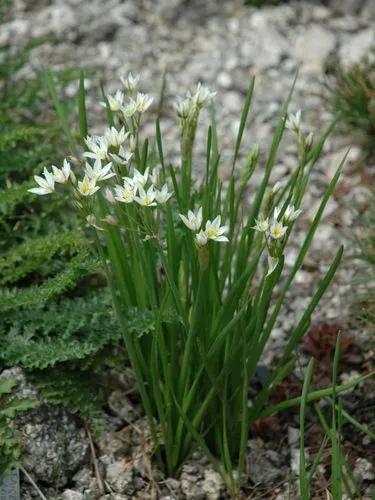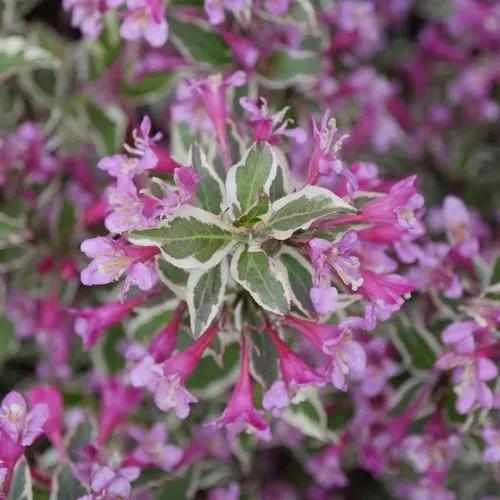The European Crab Apple is a tree that serves as an ancestor to cultivated apple trees. While it can be grown as a hedge, mature trees display gnarled branches with spines, resembling a crab-like appearance. These crab apples are valuable for pollinating cultivated apples, and their fruits can be used for making jellies and providing a natural source of pectin.
European Crab Apple Care
Malus Sylvestris



Malus sylvestris has a rounded shape and a spreading canopy, reaching a height of about 33 feet (10 meters). You can identify it by its distinctive appearance with gnarled and twisted twigs, as well as short rows of hairs on the edges of its bud scales. It produces glossy oval leaves with rounded teeth and brown pointed leaf buds. In spring, the tree blooms with sweetly scented blossoms that attract bees and other insects for pollination. These blossoms develop into small yellow-green apple-like fruits, sometimes tinged with red or white spots when ripe. The fruits are eaten by birds and mammals, which help disperse the seeds.
How to Care for the Plant

Container

These trees can thrive in pots by initially planting them in a 12-15 inch (30-40 cm) diameter container with well-draining compost. It's important to ensure a relatively high pH level of 6.5 to 7.5. Just like other deciduous trees, crabapple trees need sunlight, oxygen, water, and healthy soil to grow, all of which can be provided when they are potted.

Fun fact

This Crab Apple is a favorite treat among wildlife. Its fruits are a valuable food source for birds, small mammals, and insects, especially during the fall and winter seasons when food can be hard to find.

Popularity

3,522 people already have this plant 292 people have added this plant to their wishlists
Discover more plants with the list below
Popular articles






